 5
5
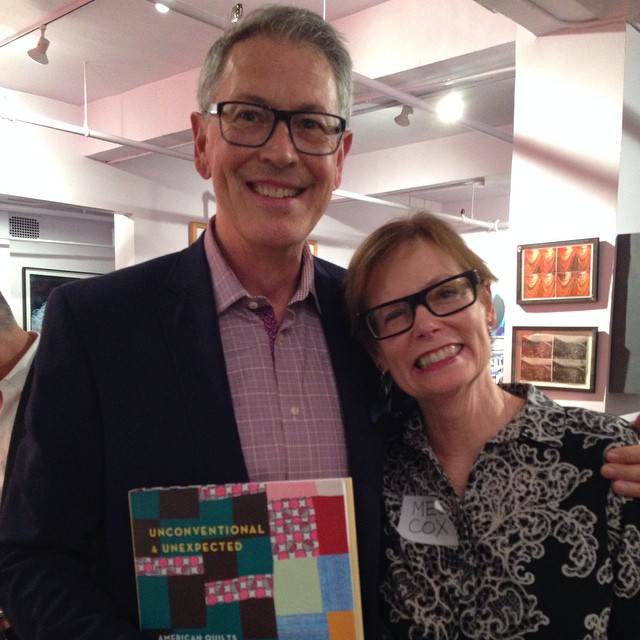 TQS recently caught up with Roderick Kiracofe, author of Unconventional & Unexpected, American Quilts Below the Radar 1950-2000, in the San Jose Museum of Quilts & Textiles booth at the Pacific International Quilt Festival in Santa Clara, CA. Roderick is preparing to have a book signing at the Museum in the future.
TQS recently caught up with Roderick Kiracofe, author of Unconventional & Unexpected, American Quilts Below the Radar 1950-2000, in the San Jose Museum of Quilts & Textiles booth at the Pacific International Quilt Festival in Santa Clara, CA. Roderick is preparing to have a book signing at the Museum in the future.
Also coming up, Unconventional & Unexpected: American Quilts Below the Radar 1950-2000 at the Sonoma Valley Museum of Art, Sonoma, CA, February 14-May 5, 2015. This exhibit will feature quilts from Roderick's collection.
Author, Roderick Kiracofe with Meg Cox (President-Board of Directors, Quilt Alliance)
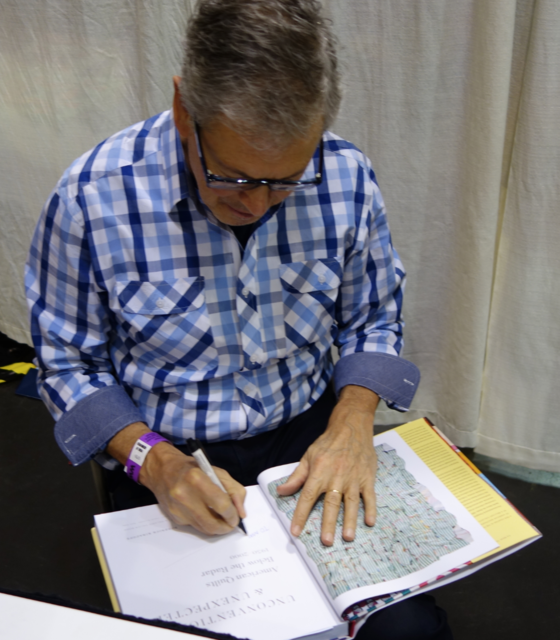
Roderick’s book contains 200 quilts from his collection focusing on the period 1950-2000. The book also includes ten essays by a quilt historian, an artist, a quiltmaker and more, including Amelia Peck, Kaffe Fassett, and Denyse Schmidt.
“My curiosity about the 'unexpected' quilts of the last half of the 20th century led me to eBay and other sources for seeking them out. The quilts that I am most passionate about are pieced, often crudely quilted or tied, and full of printed fabrics. Most importantly, they are the quirky, funky, and soulful expressions from a quiltmaker who broke the rules.” – Roderick Kiracofe

While it was difficult not to talk about every quilt in the book, we did stop and discuss its genesis. Roderick said that while he had the idea percolating for quite some time, an unexpected run-in with editor Melanie Falick, while visiting Kaffe Fassett in Carmel, led to its creation. They discussed his idea briefly and she suggested that she bring it to her publisher in New York. Although he’s written a number of books, including, “The American Quilt, A History of Cloth and Comfort 1750-1950,” he was surprised to get the “Yes” email from Melanie quite so quickly, saying that the book was a “go.” In fact, he had only about a year to produce Unconventional & Unexpected as the publishers wanted to move up the date from Spring 2015 to Fall 2014.
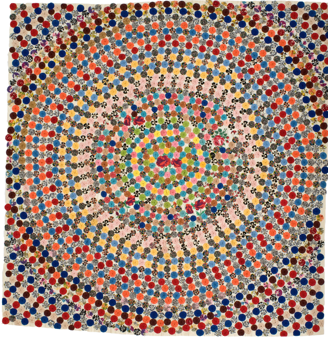
Unique Yo Yo, 1964, Laura Otto
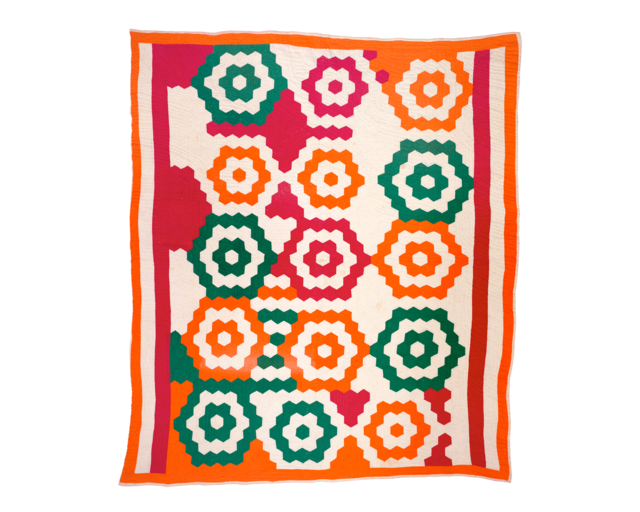
Grandmother’s Flower Garden Variation (1950-1975) attributed to Donna Settles
Largely anonymous quilters made the extraordinary quilts in the book and as the title suggests, they are quilts that many people might feel don’t deserve a second or lingering look (or that they are "flying under the radar"). These quilts don’t have perfect points and matching seams, but they have a heart and soul that extends from their creators. Roderick is fascinated with why these quilts were made and why the quilters made the choices they did when putting them together. Did they run out of fabric? Did they want to use up their scraps? Or perhaps they were accepting a personal challenge to create something beautiful out of chaos. In many cases, he interested in what they used for the back of their quilts, as much as what they used on the front.
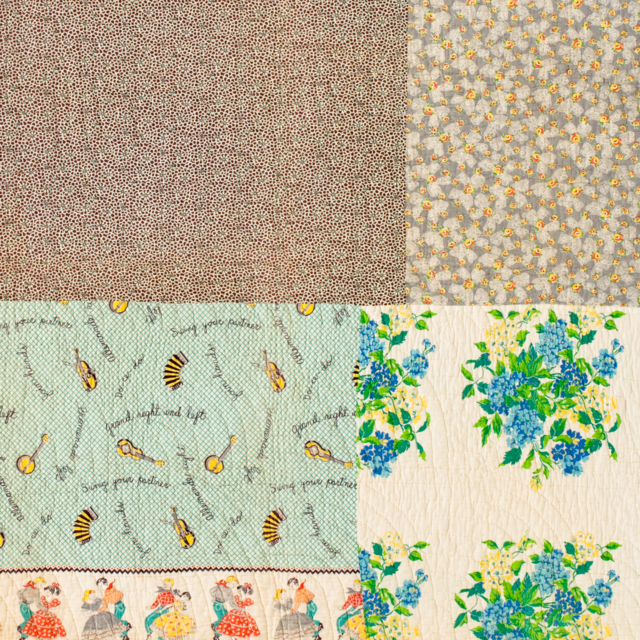
He loved this pieced quilt back (1940-1960) that he found in Texas so much…he didn’t publish the front.
Roderick sees these quilts as something of a bridge between the traditional quilts of the past and the new modern quilts, which are coming to the forefront of quilting. He has had many different responses to the book. Some people have been brought to tears as they felt they were finally getting recognition for their work; others felt a link to their past as these quilts touched upon their personal histories, and new young quilters are seeing these quilts as inspiration for their own quilting journeys.
The reviews for the book speak for themselves:
“It took me awhile to actually read the essays because I was so mesmerized by the quilts, which are all from Roderick Kiracofe’s collection. This book makes my heart skip a little every time I open it. I love quilts that are ‘off’ and all of them have this quality. There is so much inspiration in here—I can only look at a few quilts at a time. It’s a very special book.”
--Amy Karol, Angry Chicken
“The book will surely be one of the seminal quilt history books of the 21st century.”
--Bill Volckening
“Absorbing is the word that comes to my mind, both for the book’s essays and the exquisite photographs of quilts...”
--Amazon User
“Every page screams HAPPY.”
--Sujata Shah, The Root Connection
It is Roderick’s hope that future readers will stop, look at these quilts and take a moment to learn their stories. They should be appreciated as pieces of history, as well as pieces of art. As for his future plans, right now he’s catching his breath and preparing for a new installation incorporating quilts from his collection as part of a group show at Krowswork Gallery & Project Space in Oakland, CA.
If you’d like to take a peek inside the book, click here.
If you’d like to learn more about Roderick Kiracofe, click here.
To see photos of his wonderful “Quilt Barn” where he stores his 200 quilts and 100 quilts tops, click here.
If you are in Houston, copies of his book will be available in Julie Silber’s booth, The Quilt Complex.
Click here to visit his website, http://www.RoderickKiracofe.com.


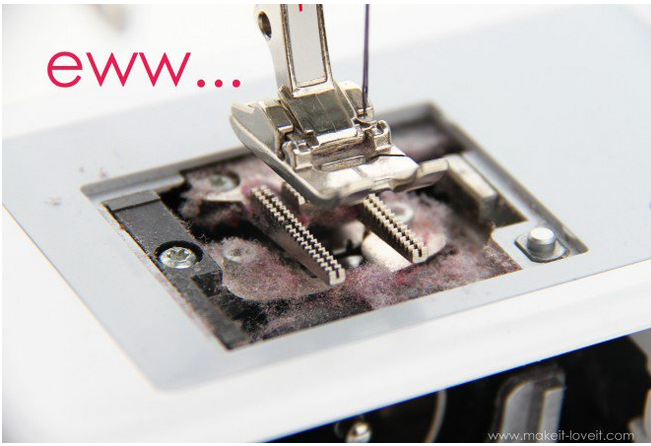

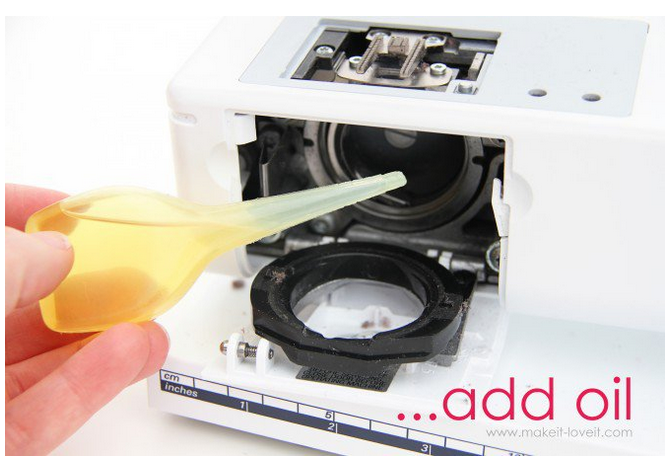

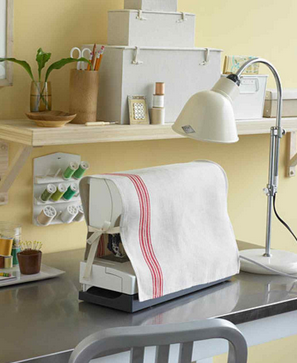
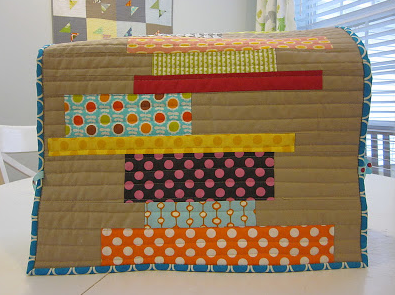
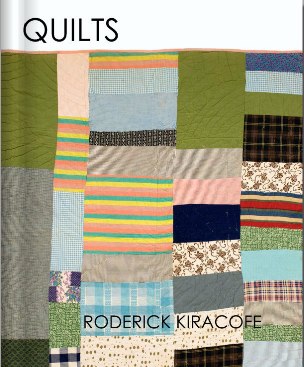










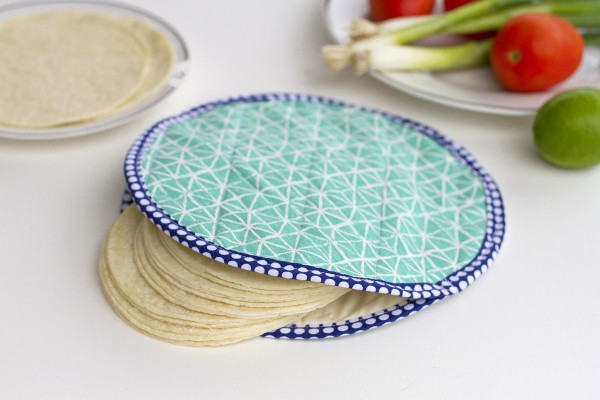


.jpg)


